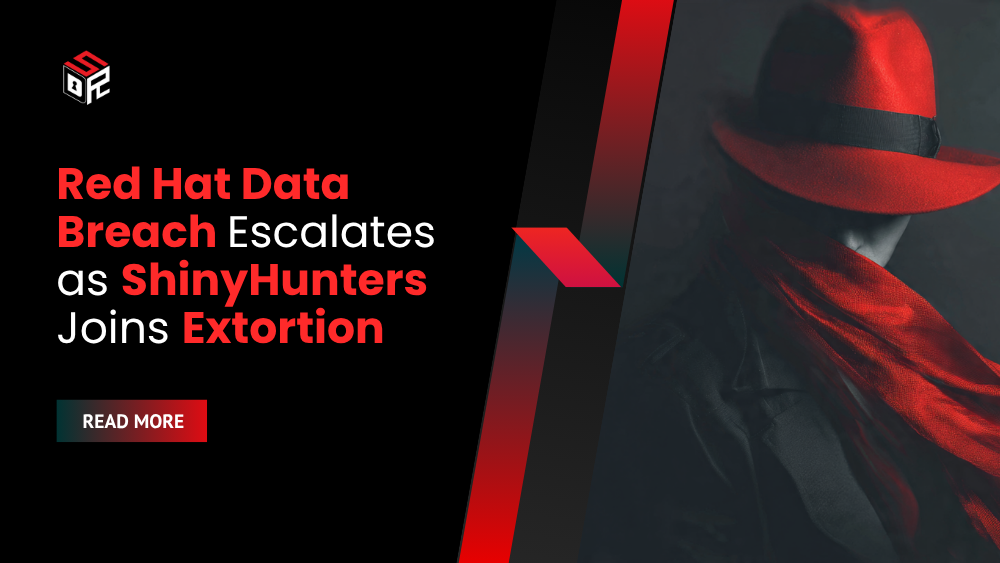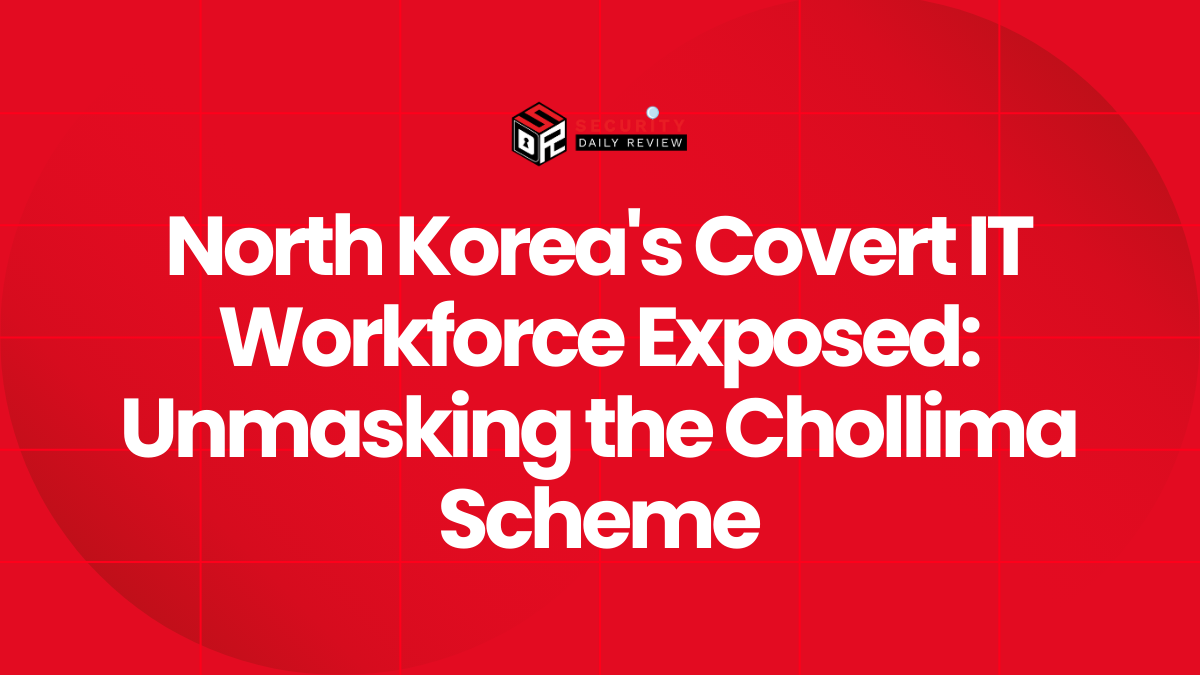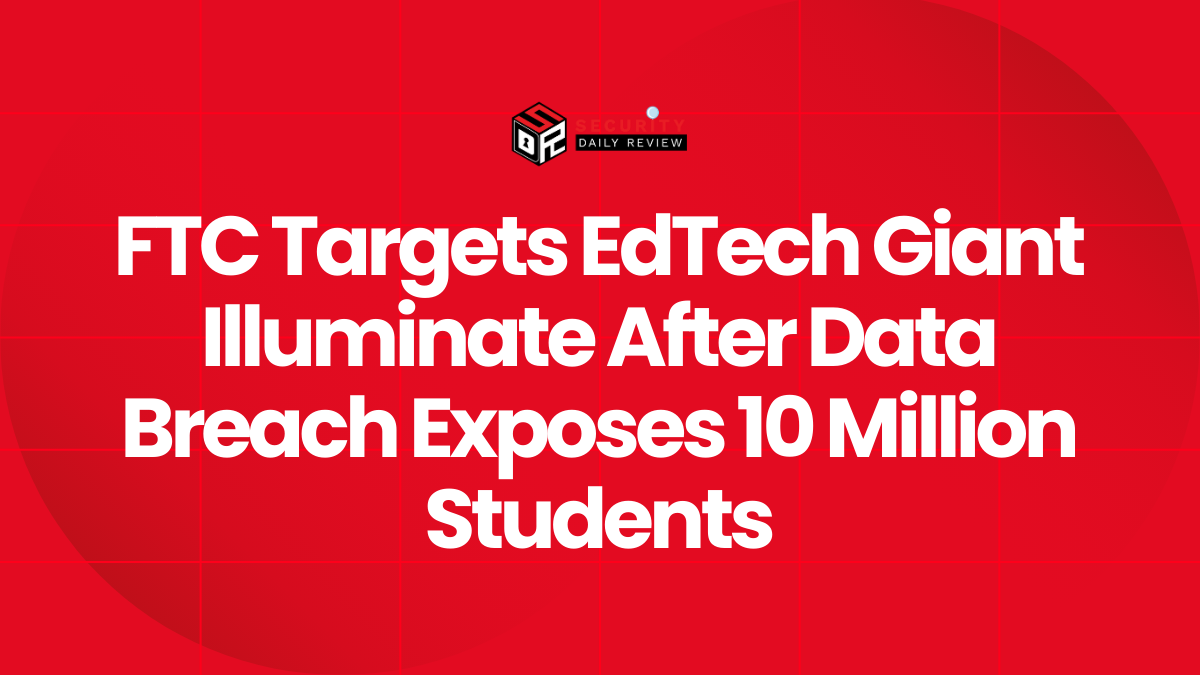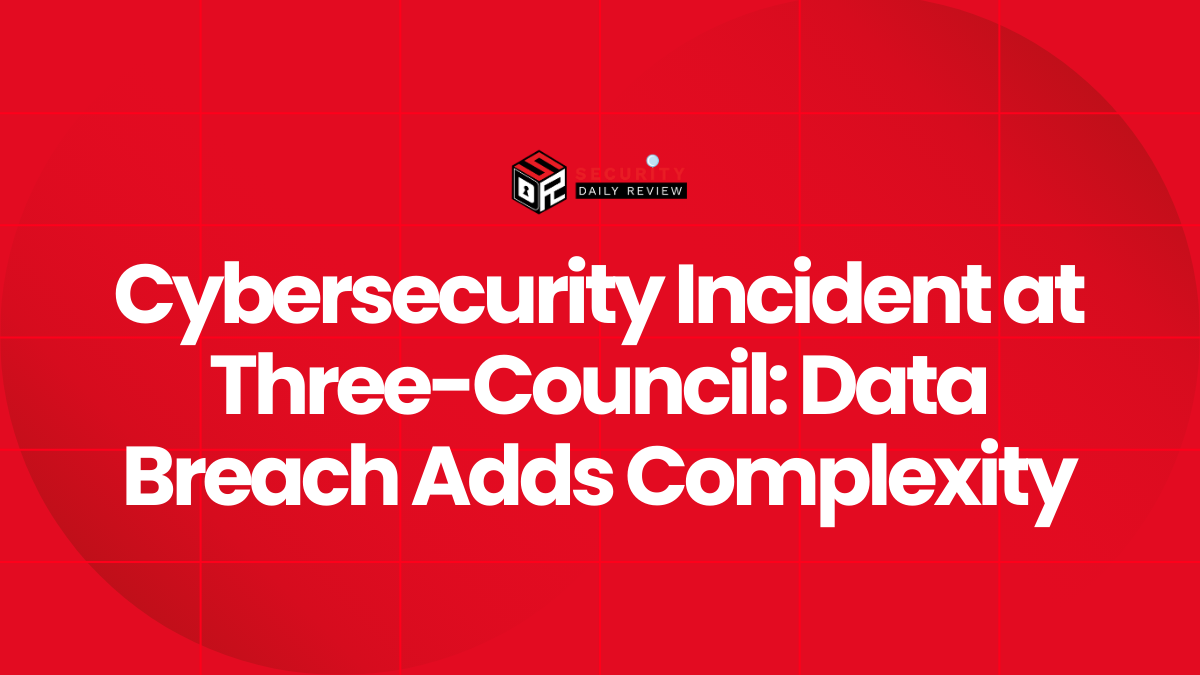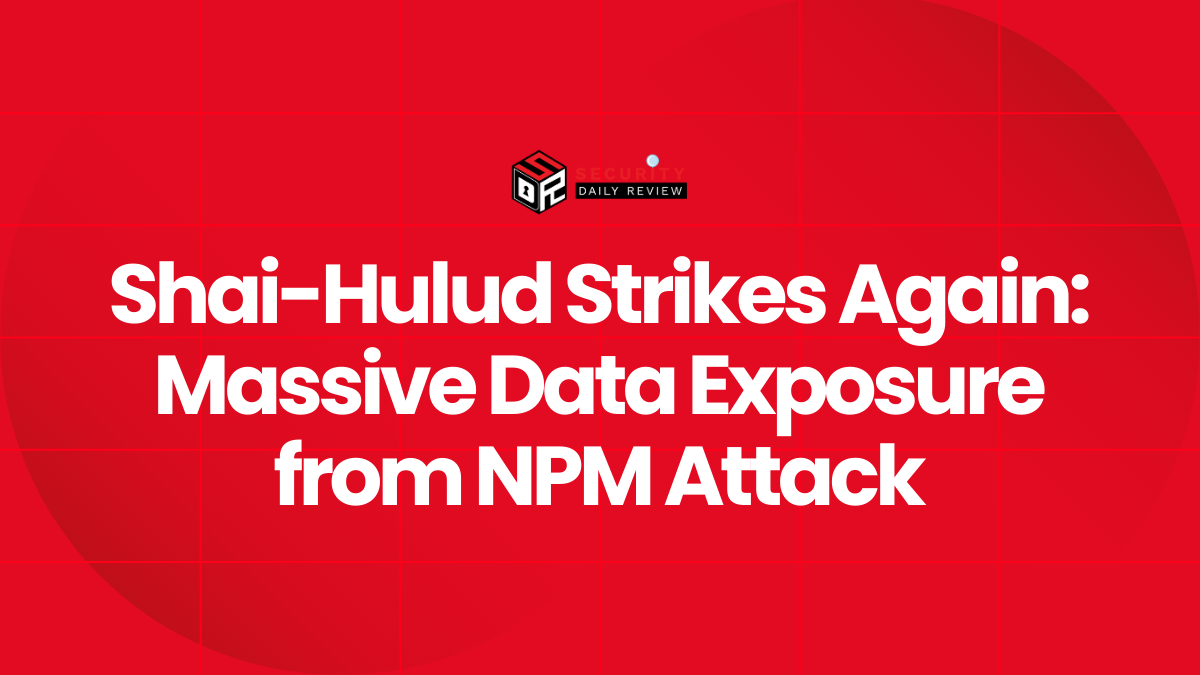Red Hat is facing renewed extortion pressure after a second criminal syndicate announced it would assist in publicizing and monetizing a recent breach that exposed customer engagement reports from the company’s consulting GitLab instance. The initial intrusion—claimed by a group calling itself Crimson Collective—allegedly yielded roughly 570 gigabytes of compressed data across some 28,000 internal repositories, including about 800 Customer Engagement Reports that detail customer networks and infrastructure. The newly involved actor, operating under the ShinyHunters name, has posted samples and set an extortion deadline for public disclosure unless a ransom is negotiated.
Red Hat previously confirmed that an unauthorized party accessed a self-managed GitLab instance used by its consulting organization and copied data from that environment. The vendor said its investigation was ongoing and that it had removed the intruder’s access and isolated the affected instance. The company also said it had not found evidence the incident affected other Red Hat product repositories or its software supply chain.
“We are going to collaborate with ShinyHunter’s for the future attacks and releases,” the Crimson Collective wrote in a public channel announcing the partnership.
ShinyHunters Partnership Expands Extortion Pressure
The collaboration between the original claimant and ShinyHunters marks a tactical shift from single-group extortion to a brokered model in which one actor steals or markets data and another amplifies threats via a public leak platform. With the appearance of a Red Hat entry on the ShinyHunters data-leak site, the timeline for exposure has been accelerated: the site warns that further materials will be released on October 10 unless Red Hat enters negotiations.
ShinyHunters has long operated as a visible leak-site operator and, according to statements attributed to individuals using that moniker, has monetized stolen datasets for other threat actors in exchange for a share of extortion proceeds. One interlocutor claiming association with the service described revenue splits in past arrangements, saying intermediaries typically take a minority share while the group facilitating exposure retains the remainder.
The public partnership is intended to increase pressure on Red Hat by widening distribution channels and combining reputational impact with targeted samples. In the days following the partnership announcement, the leak site published sample Customer Engagement Reports that name large corporations and government entities as purported consultation clients, raising concerns among those organizations about the sensitivity of configuration and architectural details contained in CERs.
Stolen Customer Engagement Reports Threaten Major Organizations
Samples posted to the leak site reportedly include Customer Engagement Reports for clients such as Walmart, HSBC, the Bank of Canada, Atos Group, American Express, the U.S. Department of Defense and other named entities. CERs typically contain project scope, architecture diagrams, configuration details and sometimes authentication artifacts used during consultancy engagements—information that can materially assist attackers in discovering weak points and planning intrusions.
Security analysts emphasize that consulting documents of this type can accelerate reconnaissance and reduce the time required to find exploitable vectors within a customer’s environment. When combined with server inventories, automation scripts, deployment guides and exported repository configurations, CERs can produce a detailed blueprint of targeted networks. That amplifies the urgency for affected organizations to validate the provenance of posted materials and to rotate any credentials or tokens that may have been used or stored in the compromised instance.
“Exposed engagement reports and configuration files can materially shorten an attacker’s reconnaissance phase and increase the likelihood of successful follow-on intrusions,” said an industry incident responder.
Red Hat has maintained that its initial analysis found no evidence of compromise to its software supply chain or official download channels, and that the affected GitLab instance was used solely for consulting collaboration. Nonetheless, the presence of client-identifying material in posted samples has already prompted scrutiny and outreach from organizations named in the leak samples.
Extortion-as-a-Service and the Evolving Monetization Model
The Red Hat case highlights an increasingly common criminal model: extortion-as-a-service (EaaS), in which specialized leak operators offer distribution and monetization capabilities to steal-holding groups. Operators offering EaaS act as intermediaries, listing victims on public portals, handling negotiations, and taking a cut of any payments. Publicizing the partnership between an initial attacker and a leak broker raises the probability of further leakage and underscores the commercial dynamics of modern cybercrime.
Threat actors often claim large troves of data to increase leverage; investigators must therefore verify authenticity by examining timestamps, metadata, and other forensic indicators. Criminal marketplaces also permit fragmented sales or auctions of stolen materials, meaning that even limited disclosures can quickly proliferate if buyers copy and resell datasets.
Immediate Actions and Longer-Term Implications
For organizations referenced in the posted samples, immediate priorities include confirming whether the materials are genuine, identifying any exposed credentials or tokens, and applying compensating controls such as rotating secrets and tightening access to administrative tooling. Red Hat’s consulting customers should assume data could be actionable until proven otherwise and prioritize targeted threat-hunting for suspicious access that could correlate with leaked artifacts.
From a policy and risk-management perspective, the incident underlines the need for tighter controls around consulting deliverables and third-party data handling. Firms relying on external consultants should enforce strict vaulting of secrets, short-lived credentials, and controlled access to configuration artifacts to reduce the value of any single repository compromise.
Regulators and incident responders will also be watching how the public partnership between data-stealing groups and leak brokers evolves. If extortion-as-a-service becomes more commonplace, organizations may face more frequent, higher-profile disclosures and prolonged negotiation cycles.
Red Hat has stated it will share further updates as its investigation progresses and as it notifies affected customers directly. In the interim, industry responders recommend rapid containment, forensic validation, and coordinated disclosure for any parties whose data appears in published samples.

